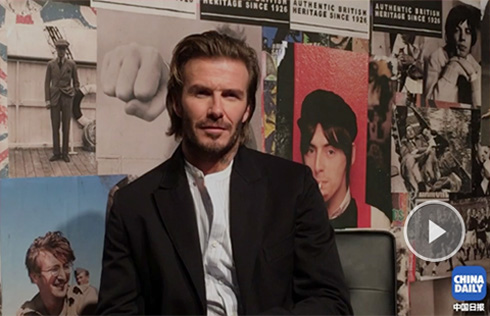Cultural parks no substitute for talent
The government wants the cultural industry to be a pillar of economic growth, making promotion of the industry and improvement of cultural services a necessary task. However, none of this can be achieved by simply building more cultural industrial parks.
Related: Cultural regulators set to be merged
More than 1,300 such parks are already registered with the Ministry of Culture and more are being built. Chen Shaofeng, vice-dean of the Institute of Cultural Industries at Peking University, says there might be more than 10,000 cultural parks under a variety of names but "only 5 percent of them fulfill their actual purpose".
|
|
| Guardian of birds |
|
|
| International garden expo ready to bloom |
The boom in construction of cultural industrial parks began in 2010, when the industry was officially listed as a pillar of the national economy. The total value-added output of the cultural industry then was more than 1.1 trillion yuan ($172.95 billion), or about 2.78 percent of the country's GDP. A pillar industry, however, should account for about 5 percent of the national GDP.
Some local governments consider infrastructure construction to be the most direct way of boosting the cultural industry's development, because they believe large-scale industrial bases can make this "implicit" industry "explicit". They don't seem to realize that the key requirements for a successful cultural industry are original content and talent.
Some real estate developers have latched on to the craze to build cultural industrial parks as a means to enjoy preferential policies and get more land for development. As a result, such parks have come up in places where nothing can be gained from them. And though they might seem like "win-win" results for local governments and developers, such parks are a waste of precious resources and bad both for the cultural industry and the economy. Shanghai, for example, has 113 registered parks but their total value-added output accounts for less than 10 percent of the value-added output of the city's cultural industry.
The experience of developed countries shows that the engine driving the cultural industry is not infrastructure development but creative talent. Without talent and creative companies, most of China's cultural industrial parks are just cold real estate without any soul. China should learn from the experiences of countries with strong cultural industries, and local governments should attract and promote more talent before building industrial parks.
























